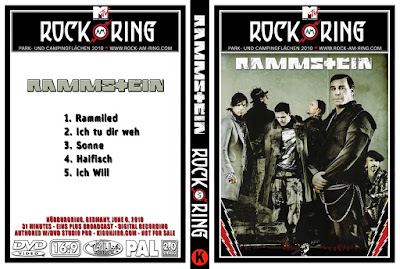Rick Astley Ultimate Collection Rar Extractor
This image contains a hidden audio track which you’re very familiar with. Well, it used to. We’d bet we messed up the careful encoding that [Chris McKenzie] when we resized the original. He’s using a method called to hide a message in plain sight.
Since digital images use millions of colors, you can mess with that color data just a bit and the eye will not really be able to pick up any difference. Each pixel has had the eight least significant bits swapped out for the data [Chris] is hiding. Since the image uses 24-bit color, the largest possible change (going from 0 to 255) in those bottom eight bits will only result in a color change of about 0.15%. And that’s only for one pixel; in most cases the change will be much less. He shows his work, both decoding and encoding using Ruby, and even provides a one-liner which lets you playback the audio without downloading anything (just make sure you’ve got all of the dependencies installed).
The 2008 Rick Astley album, Ultimate Collection almost followed a chronological list of his hits, opening with his biggest in both the U.K.
Never gonna give, you, up [via ] • • • • Posted in Tagged,,,,, Post navigation. The rar archives found in nefarious pages around the web are typically made by simply concatenating the contents of the encoded JPG with the contents of the encoded RAR.
This works because JPG will ignore bytes tacked onto it and RAR will ignore everything before its magic number “Rar!”. The technique used here is modifying the image’s data, encoding hidden data in the pixel values, rather than simply sending it in the same stream as the image. This way, the image can be sent by any lossless means and still have the hidden data recoverable.
But can you detect it? I’m betting yes. There may be an expected value for that bit that you are changing, statistically, based on the surrounding pixels. Also, given that there is a header scheme, that may be the easiest place to “scan” for encoded messages on the web. Better perhaps to do a plain sight (some riddle on the image) for a encrypted message that is hidden beneath a not-so-well hidden message. Not that this is your aim, but it is hard to hide things with definitive value in plain sight when a fast algorithm can be run on many images to see if it isn’t quite like the rest.

Just a thought. “Since the image uses 24-bit color, the largest possible change (going from 0 to 255) in those bottom eight bits will only result in a color change of about 0.15%.” Actually, that’s nonsensical. Each color in a 24 bit image has 8x8x8 bits. You could change the bottom 2 bits out of a RGB+Alpha PNG file and get 8 bits of data per pixel stored, which would result in an error of 1.5% and not 0.15% If you only have the RGB channels to work with, two of them must use the bottom 3 bits, preferably not the green one, which gives a total error of 2.6% Both cases are clearly visible to the naked eye if you know to look for them, especially on the smooth background bits of the image.
If you use only the least significant bits of each color, then you get 0.7% error. Download vaaranam aayiram theme music full. If you really wanted to hide a message in a picture so that it survives even moderate JPEG compression and doesn’t look fishy to a person who’s wondering why a PNG image looks like it has severe JPEG artifacts, is to use a low resolution pattern, something like a QR code, and overlay that on the image so that it affects the least significant bits of each color. To decode it, you need to have the original picture, which will then reveal the coded message as the difference of the two images. Without the original, you can’t know what’s in there because the signal is much weaker than the “noise”. Like the author said, the answer it the likelihood that it is now in common practice The problem is, however, that it took effort and access to the images in days past, unlike in the current connected digital world in which nearly all images can be scanned and are accessible with ease and little effort. This changes the game entirely.